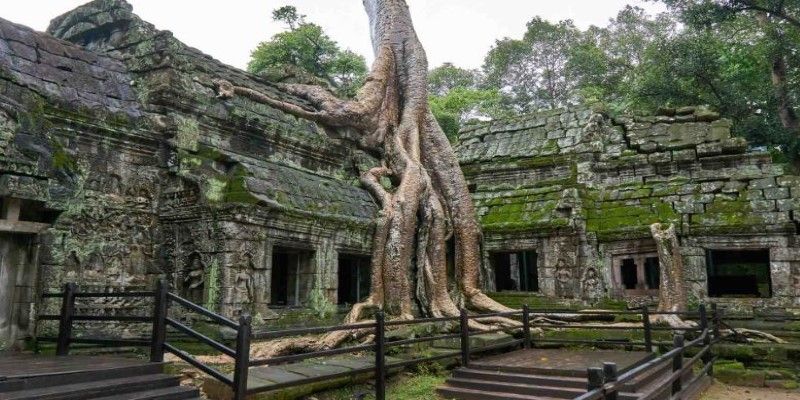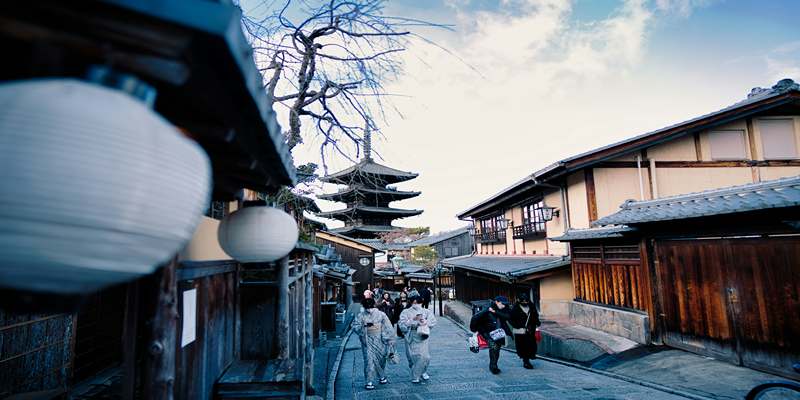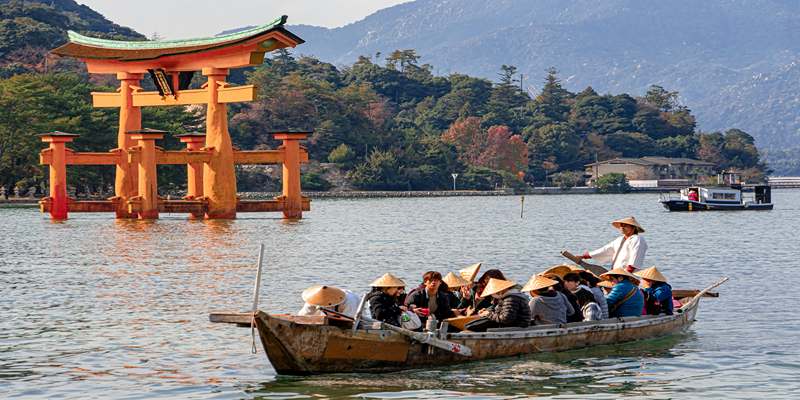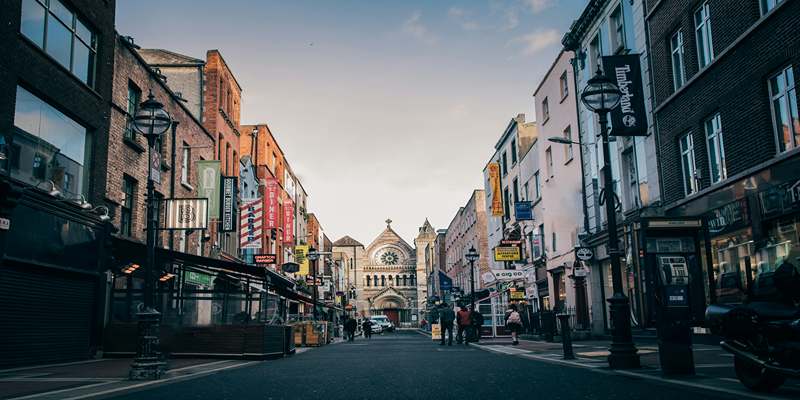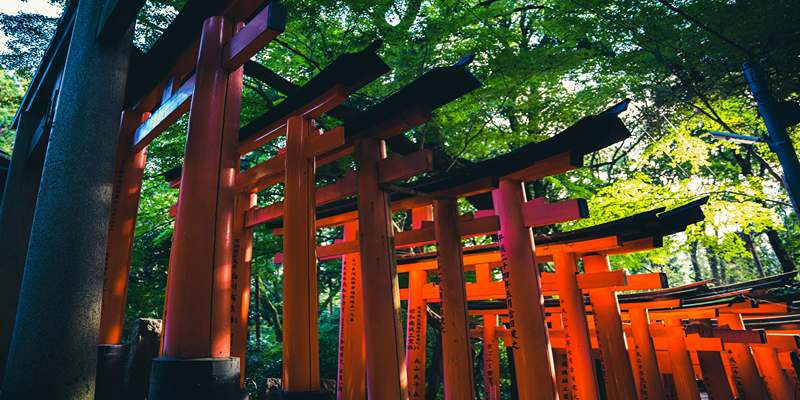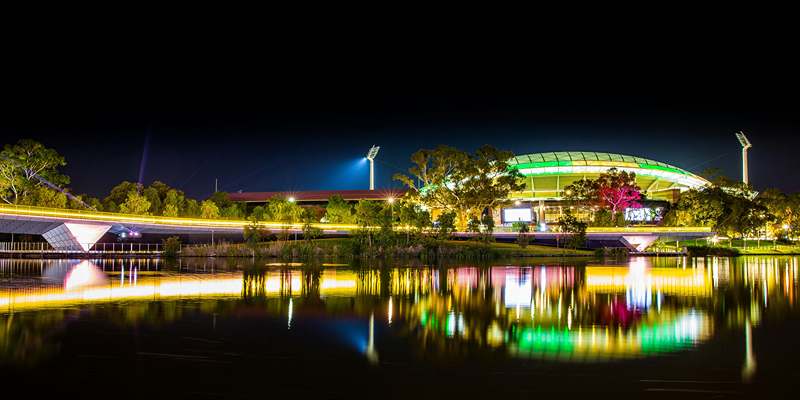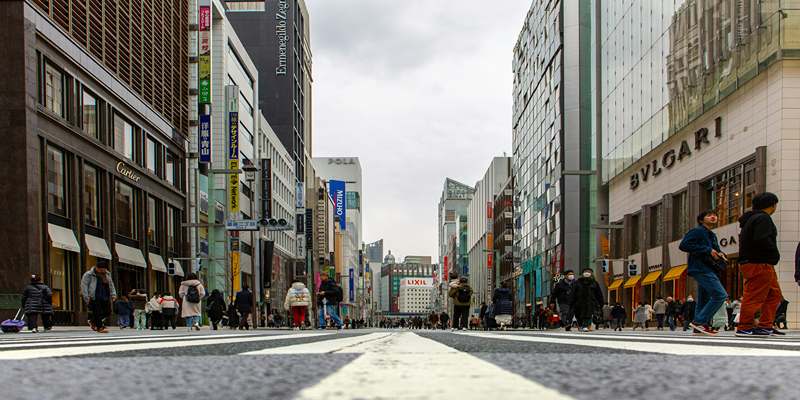Japan’s Chubu Region, often overlooked in favor of Tokyo and Kyoto, is a treasure trove of stunning landscapes, cultural heritage, and historical landmarks. Stretching from the Sea of Japan to the Pacific, this diverse region boasts everything from Edo-period towns and ancient castles to dramatic alpine peaks and scenic hot springs.
Whether you seek rich history, breathtaking nature, or vibrant modern attractions, Chubu offers an immersive experience. From charming villages to bustling cities, every traveler will find something extraordinary in this central part of Japan, making it a must-visit destination.
Top 10 Destinations in the Chubu Region
Here’s a deep dive into 10 destinations that make this region an unforgettable travel experience, offering a perfect blend of history, culture, nature, and adventure.
Takayama – A Step into Japan’s Past
Situated in the mountains of Gifu, Takayama is a quaintly well-preserved town of the Edo era where the past comes alive. Its old town area has traditional wooden structures, merchant homes, and sake breweries. The Takayama Festival in spring and autumn presents exquisite floats and colorful parades. Nearby, the Hida area presents awesome landscapes and idyllic hot spring villages, creating an ideal getaway into Japan's cultural heritage.
Shirakawa-go – A Fairytale Village in the Mountains
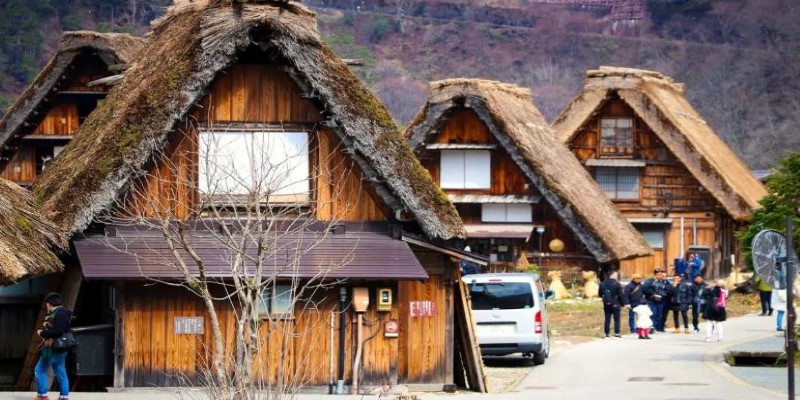
A UNESCO World Heritage Site, Shirakawa-go charms with its steeply thatched-roof farmhouses constructed to withstand massive snowfall. During winter, the village is a winter wonderland of enchanting snow scenes. Tourists can visit restored homes, see panoramic valley scenery, and indulge in traditional farm stays with tatami mat bedrooms and hearth-cooked breakfasts. The secluded, idyllic village provides a real glimpse into rural Japan's past and age-old traditions.
Kanazawa – The Hidden Cultural Jewel
Often compared to Kyoto, Kanazawa boasts beautifully preserved samurai and geisha districts, stunning gardens, and a thriving contemporary art scene. The city’s highlight is Kenrokuen, one of Japan’s most famous landscape gardens, offering seasonal beauty year-round. The Nagamachi samurai district, with its earthen walls and narrow streets, gives insight into the lives of Japan’s warrior class. Kanazawa’s Omicho Market is a paradise for seafood lovers, with fresh crabs, sushi, and local delicacies waiting to be sampled.
Matsumoto – The Castle City
Matsumoto is home to one of Japan’s most impressive original castles, Matsumoto Castle. Known as the "Crow Castle" due to its striking black exterior, this fortress has stood for over 400 years. The castle's wooden interiors, hidden floors, and panoramic views make it a must-see. Beyond the castle, the city offers art museums, charming streets, and easy access to the Japanese Alps. For those wanting an outdoor adventure, Kamikochi, a stunning alpine valley, is just a short trip away.
Nagano – Where Nature Meets Spirituality
Famous for hosting the 1998 Winter Olympics, Nagano is a paradise for winter sports enthusiasts. But the city has more to offer than just ski resorts. Zenko-ji Temple, one of Japan’s most important Buddhist temples, attracts pilgrims from across the country. A short trip from the city leads to the Jigokudani Monkey Park, where wild snow monkeys bathe in steaming hot springs during the winter. Nearby, the Togakushi Shrine, hidden in a dense cedar forest, offers a serene escape and a connection to ancient Japanese mythology.
Hakuba – A Winter Wonderland
If you’re into skiing or snowboarding, Hakuba is one of Japan’s top winter destinations. This mountain resort area boasts some of the best slopes and powder snow in the country. Even outside of winter, Hakuba offers incredible hiking trails, scenic lakes, and outdoor adventures. With a mix of international resorts and traditional ryokan inns, it’s an excellent place for both relaxation and adrenaline-fueled activities.
Tateyama Kurobe Alpine Route – The Roof of Japan
For those who love dramatic landscapes, the Tateyama Kurobe Alpine Route is a must-visit. This mountain crossing features deep valleys, stunning peaks, and the famous Snow Corridor, where walls of snow tower over visitors in spring. The route also takes travelers to Kurobe Dam, Japan’s tallest dam, offering breathtaking views of the surrounding mountains. Whether visiting for the snow, fall foliage, or summer greenery, this alpine journey is unforgettable.
Fuji Five Lakes – The Best Views of Mount Fuji
While technically on the edge of Central Japan, the Fuji Five Lakes region offers the best vantage points of Japan’s most iconic mountain. Lake Kawaguchi, the most accessible of the five, is a perfect place for photographers capturing reflections of Mount Fuji. The area also has hot spring resorts, hiking trails, and cultural attractions like the Itchiku Kubota Art Museum. Whether you're admiring Fuji from a lakeside ryokan or hiking up its slopes, this destination is essential for any Japan itinerary.
Ise – The Heart of Japan’s Spiritual Heritage
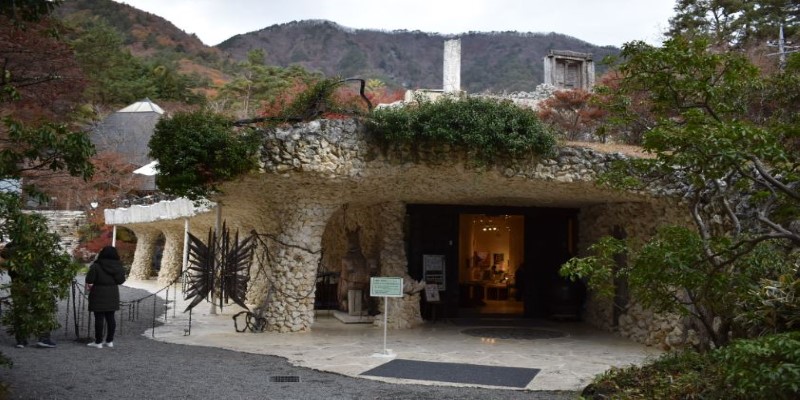
Home to Ise Grand Shrine, one of Shinto’s most sacred sites, Ise is a place of deep cultural significance. The shrine complex, dedicated to the sun goddess Amaterasu, is rebuilt every 20 years following ancient traditions. Walking through the surrounding forests, one feels a sense of tranquility and reverence. The nearby Okage Yokocho shopping street offers a taste of Edo-period Japan, with traditional sweets, local crafts, and street food delights.
Nagoya – A Blend of History and Modernity
As Central Japan’s largest city, Nagoya is a fascinating mix of past and present. The city’s highlight is Nagoya Castle, an impressive reconstruction of a 17th-century fortress with golden shachihoko ornaments on its roof. The city also boasts Toyota’s headquarters, making it a hub for automotive technology enthusiasts. For food lovers, Nagoya-style miso katsu (deep-fried pork cutlet with rich miso sauce) is a must-try. The city’s central location makes it an ideal base for exploring the rest of the Chubu Region.
Conclusion
Central Japan is a hidden gem, offering a mix of history, nature, and culture. From the Edo-period streets of Takayama to the snowy charm of Shirakawa-go, the region blends old-world beauty with modern attractions. Visitors can soak in mountain hot springs, explore samurai districts, or marvel at the Alpine Route’s towering snow walls. Each destination tells a unique story, making the Chubu Region a must-visit for those seeking an authentic, immersive journey through Japan’s rich heritage and breathtaking landscapes.


